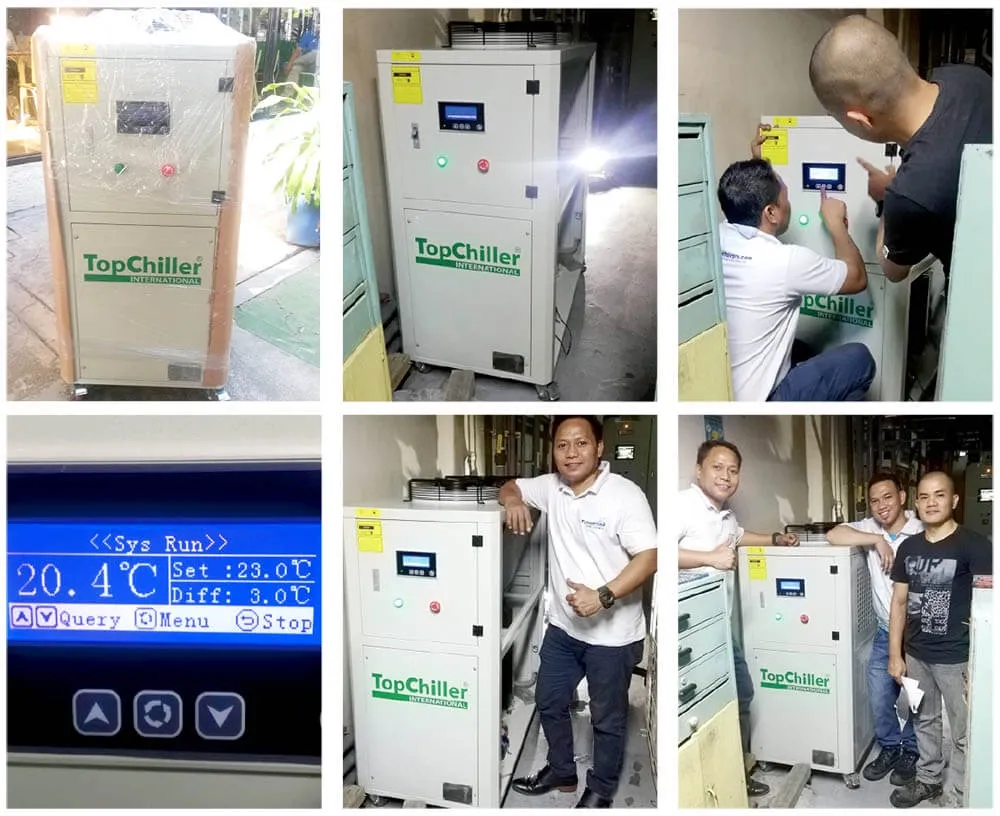
What if we could significantly reduce energy consumption in critical infrastructure like data centers and industrial facilities? The answer might lie in a technology quietly revolutionizing thermal management – the micro heat exchanger. Let’s delve into how this innovation is reshaping industries, particularly with companies like Kaltra leading the charge.
Kaltra’s Commitment to Energy-Efficient Solutions
Kaltra, an international company based in Munich, is dedicated to manufacturing energy-efficient solutions. They operate in over 60 countries, demonstrating their commitment to sustainability on a global scale. But what exactly do they produce? Their offerings span a range of critical systems, including chillers, free cooling systems, precision air conditioners, and, significantly, microchannel heat exchangers.
These solutions are not just about cooling, they’re about responsible cooling. Kaltra understands the increasing demand for environmentally friendly technologies, especially in sectors like data centers where energy consumption is notoriously high. By focusing on both environmental friendliness and reliability, Kaltra positions itself as a key player in building a more sustainable future.
The Power of Micro Heat Exchanger Technology
So, what makes a micro heat exchanger so special? Traditional heat exchangers, while functional, can be bulky and less efficient. The micro heat exchanger, on the other hand, utilizes a network of very small channels to maximize surface area for heat transfer. This ingenious design results in several key advantages, the most significant of which is increased efficiency.
Imagine a scenario where you can achieve the same cooling capacity with significantly less energy input. This translates directly into lower operating costs and a reduced carbon footprint. It also allows for more compact and lightweight designs, which is particularly valuable in space-constrained environments.
Applications in Data Centers and Industry
Where are these micro heat exchangers making the biggest impact? Data centers are a prime example. These facilities generate enormous amounts of heat, requiring robust and efficient cooling systems to maintain optimal performance. Micro heat exchangers are helping to meet this challenge by providing highly effective cooling solutions that minimize energy waste.
Beyond data centers, a wide range of industries can benefit from this technology. Manufacturing plants, power generation facilities, and even HVAC systems in commercial buildings can all improve their energy efficiency by incorporating micro heat exchangers into their cooling processes. The possibilities are truly vast.
Reliability and Environmental Friendliness
Kaltra’s focus on reliability complements the inherent advantages of micro heat exchanger technology. These systems are designed to operate consistently and reliably, minimizing downtime and ensuring continuous operation of critical infrastructure. This reliability is crucial in environments where even brief interruptions can have significant consequences.
The environmental friendliness aspect is also paramount. By reducing energy consumption, micro heat exchangers directly contribute to lower greenhouse gas emissions. This aligns with the global push for sustainable practices and helps organizations meet their environmental goals.
Looking Ahead
The future of cooling is undoubtedly linked to innovation and efficiency. As industries continue to grapple with the challenges of energy consumption and environmental impact, technologies like micro heat exchanger will play an increasingly important role. Companies like Kaltra, with their commitment to innovation and sustainability, are leading the way towards a more efficient and environmentally responsible future for thermal management.
The question isn’t whether these technologies will be adopted, but rather how quickly. The benefits are clear, the technology is proven, and the need is undeniable. It’s time to embrace the future of efficiency.